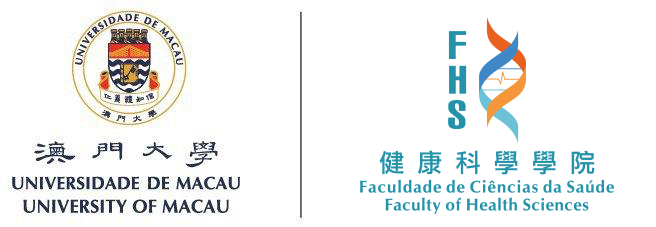
| Talk title | The Exosome-Mediated Autocrine and Paracrine Role of Plasma Gelsolin in Ovarian Cancer Chemoresistance |
| Speaker | Prof. Benjamin TSANG Professor Obstetrics & Gynecology and Cellular & Molecular Medicine, University of Ottawa |
| Date & Time | 12 December 2018 (Wed) 11:00am-12:00pm |
| Venue | Room G004, E12 Building (University of Macau) |
| Abstract | Ovarian Cancer (OVCA) is the most lethal gynecological cancer, due predominantly to late diagnosis, recurrence and chemoresistance. Although combined surgical debulking and chemotherapy is an important treatment strategy, chemoresistance remains a major challenge to successful long term therapeutic success. OVCA is considered to have a cold tumor microenvironment hence patients are unresponsive to immunotherapy although melanoma and lung cancer patients respond well. There is thus an urgent need for alternative immunotherapies that target novel pathways responsible for the coldness of OVCA. Plasma gelsolin (pGSN), a multi-functional soluble actin-binding protein is carried by exosomes although its role in chemoresistance is yet to be explored. This presentation describes how cell-cell interactions in the ovarian tumour microenvironment regulate chemosensitivity and how deregulation of these interactions confers chemoresistance. We have demonstrated that exosomal pGSN contributes to OVCA coldness by regulating OVCA responsiveness to CDDP and T cell modulation. Exosomal pGSN up-regulates HIF-1α–mediated pGSN expression in chemoresistant OVCA cells in an autocrine manner and confers cisplatin resistance in otherwise chemosensitive OVCA cells. Immunolocalization studies on 213 high grade serious ovarian tumors indicate co-localization of pGSN with CD8+ T cells and that the overexpression of pGSN hinders the prognostic impact of infiltrated CD8+ T cells; this correlated with poor overall survival (OS) and shorter disease free survival (DFS). We observed that increased pGSN levels positively correlate with activated caspase-3+ tumour infiltrated lymphocytes, poorer OS and shorter DFS. Exogenous pGSN reduces FLIP content and activates caspase-8 and caspase-3 in vitro, suggesting that pGSN induces T cell death via caspase-8 activation. These findings support the notion that exosomal pGSN plays an immunosuppressive role in the tumour microenvironment and in chemoresistance and that pGSN may be a therapeutic target in chemoresistant ovarian cancer. |

